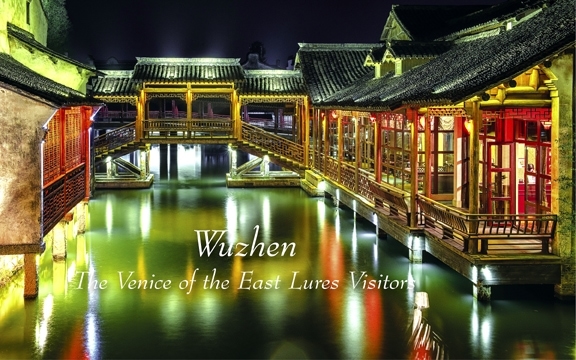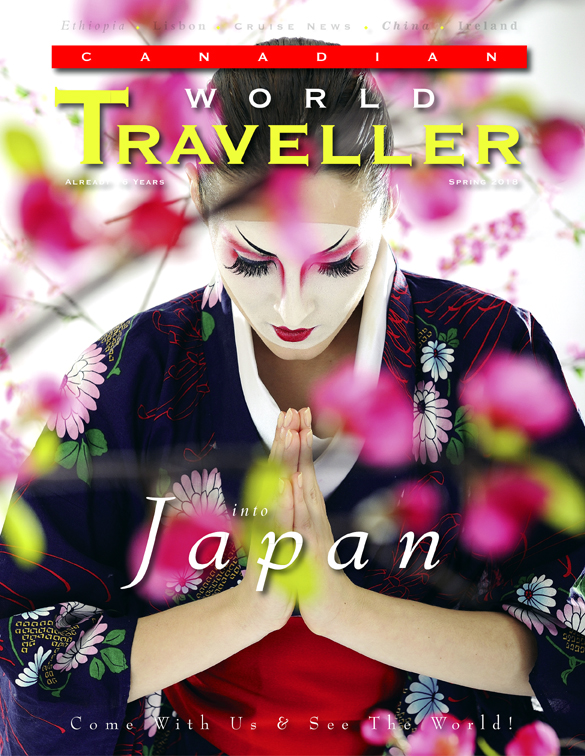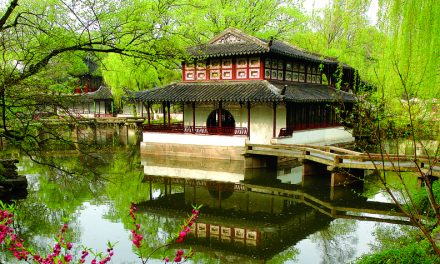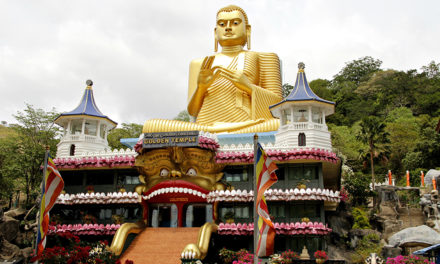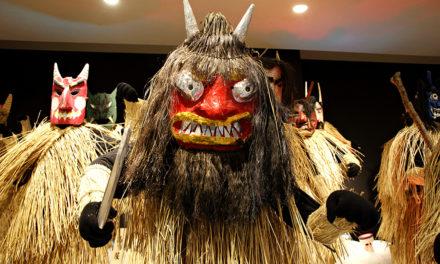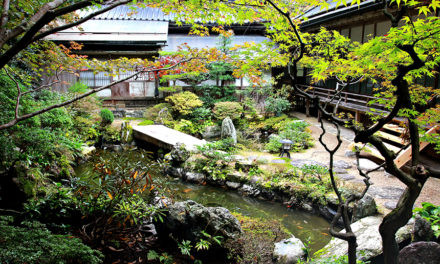China
Wuzhen – The Venice of the East Lures Visitors
by Habeeb Salloum
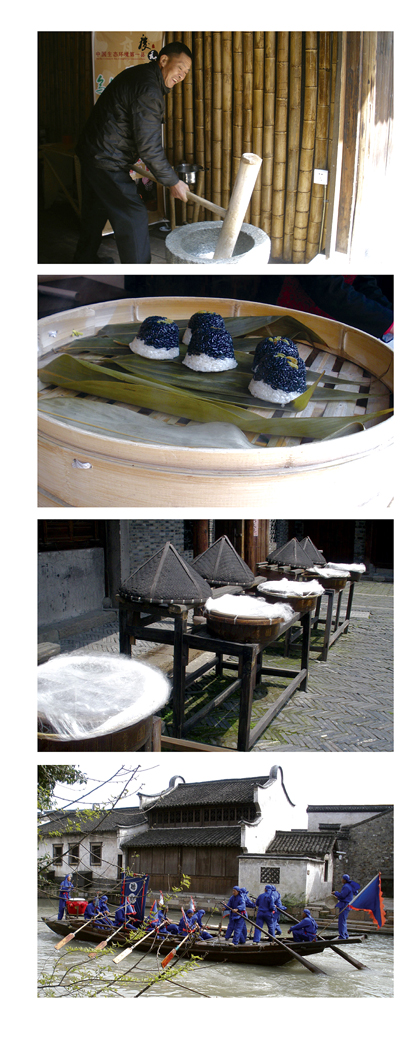
Two hours after leaving the booming metropolis of Shanghai, we parked at the entrance of Wuzhen, fondly called by some of its admirers the ’Venice of the East.’ In a few moments, we had climbed into a pole-steered large barge that ploughed the waterways of Wuzhen – the last of China’s ‘water towns’ to be opened to visitors.
The town reminded me of Venice and its canals – only on a smaller scale. To bring the comparison nearer to reality, the time that I sailed the gondolas of Venice was in February and it was biting cold. I travelled to Wuzhen in April and it felt cold, but a little less than Venice.
As we gently moved through the murky waters, shrouded by a heavy-foggy mist, the homes edging the water seemed like ghostly figures coming out of the fog. Soon the mist lifted and one could see creeks flowing into town, spanned by ancient sturdy stone bridges of various design, all oozing with character. The creeks looked like canals and some of these were – the largest being the Beijing-Hangzhou 1,800 km (1,118 mi) Grand Canal, partially silted, that passes through town.
We left our barge at one of these bridges to explore the city by foot. Edging slab stone-paved streets, which display thousands of years of history, we passed ancient residential houses, pawnshops, pubs, restaurants, workshops, weaving and dyeing establishments and stores selling the necessities of life – all housed in brownish wooden structures, seemingly in need of paint, but all appearing neat and clean.
Most of these ancient buildings are called by some writers, architectural symphonies of stone, tile and wooden boats travelling to and fro and have been preserved rather than being restored. They have been maintained in good condition through the years by the loving care of Wuzhen’s inhabitants, making the town a great place to visit and enjoy by exploring on foot.
A number of the grand homes of the affluent have been renovated into small boutique restaurants and hotels, but have retained their character. They have become resting places for those wishing to escape the hurried city life. In my colleague’s words,”It’s a quiet town and these boutique abodes ensure one’s stay is restful.”
Over 80% of Wuzhen’s area has remained unchanged for about 1,300 years, giving it an aura of antiquity. As befitting a town with such a long history, Wuzhen produced through the centuries more successful candidates in the highest imperial examinations than most other towns. From those ages still standing today and retaining its original appearance, is the Academy of Classical Learning, dating back to the Qing Dynasty (1644 – 1911).
However, historically Wuzhen has been noted for its crafts and artisans and life continues as it has for at least 1,000 years. Copper artisans, silk weavers, and wood carvers ply their trade as their ancestors did in the past. Not much different as in the medieval ages, the artisans go about their work, while on the street men play ‘may jongg,’ cycle-rickshaw drivers wait for customers and people cart their drinking water. Women-folk cook their meals while often looking after the silk worms and tend their tiny gardens of chrysanthemums and other plants. It is as it always has been.
These Wuzhen craftsmen draw visitors especially those practising the ancient art of hand producing indigo-dyed printed calico. Once all indigo-dyed curtains, scarves, and tablecloths in the region were made from hand printed calico. Today, even though it is still common to see old women using spinning wheels and looms at weaving workshops in the back streets of Wuzhen, it’s mostly the tourist’s trade that keeps the craft alive.
We stopped at an indigo establishment where we were shown all the stages of operation, from fermenting the indigo to making the end product. It had been drizzling all day and though the inhabitants say ‘Wuzhen is at its best on rainy days,’ I found it too cold and damp and a stop at the indigo shop was a welcome event. Like all good tourists we bought our indigo souvenirs then, umbrella in hand, we moved past centuries-old wooden houses. The fine falling raindrops shrouding in a drizzle boats travelling to and fro on the river surfaces had a picturesque postcard aura, but I did not care, I was too cold.
However, the soft rain did not seem to bother the daily life of the locals. I could see that many had retained the tradition of buying fruit and vegetables through the windows of their waterside houses from boats plying the creeks. No need to shop in markets. The markets come to one’s home.
The town appears to have been turned into a modern tourist destination without losing its historical charm. The local government invested millions of yuans for maintaining and improving the town’s environment. Along with an inherited harmony of man and nature, social progress has brought a pleasing living environment. While taking care to retain the town’s original look, modern management of sanitation and appearance have ensured for the town a clean, beautiful environment.
We enjoyed touring the town for most of the day then when the evening mist began to roll across town and the town’s lights went on, we left for Huangzhou where it is said are to be found the most beautiful women in China. We left the fairytale water town behind, an enchanting jewel created by nature and man, for a legend in history. Were we wise? Man’s nature is to be forever searching!
Some of the Tourist Sites in Wuzhen:
Aged Ginkgo Tree, over 1000 years old, has witnessed the town’s history since the Song Dynasty.
Memorial Archway, built to commemorate the time spent in Wuzhen by the 6th century Crown Prince Liang Zhaoming where he studied – a great figure in Chinese literary history.
Xiuzhen Guan, a Taoist temple – one of three famous Taoist temples on the south bank of the Yangtze River.
Xiuzhen Guan Stage, built in 1749, the stage was the place where farmers around the town came by boat to watch plays from their boats floating on the waterway.
www.tourismchina.org
Click on cover to view published article

